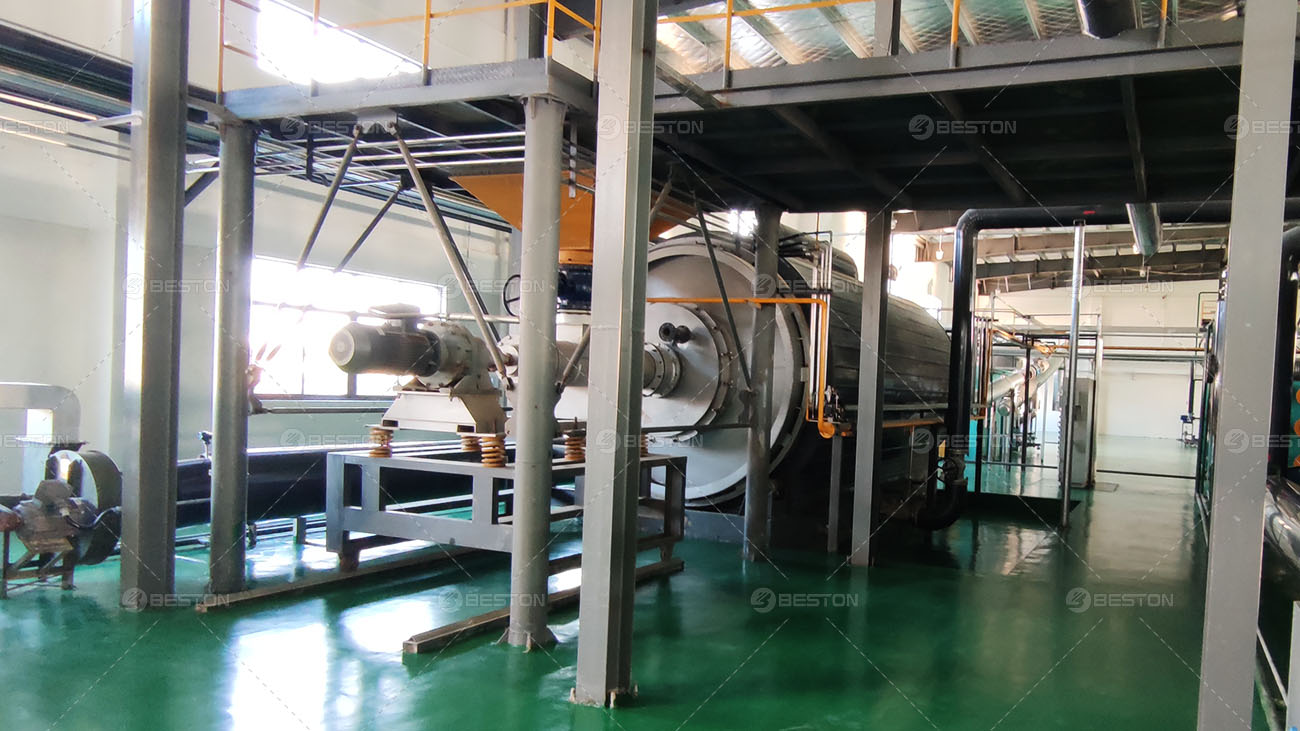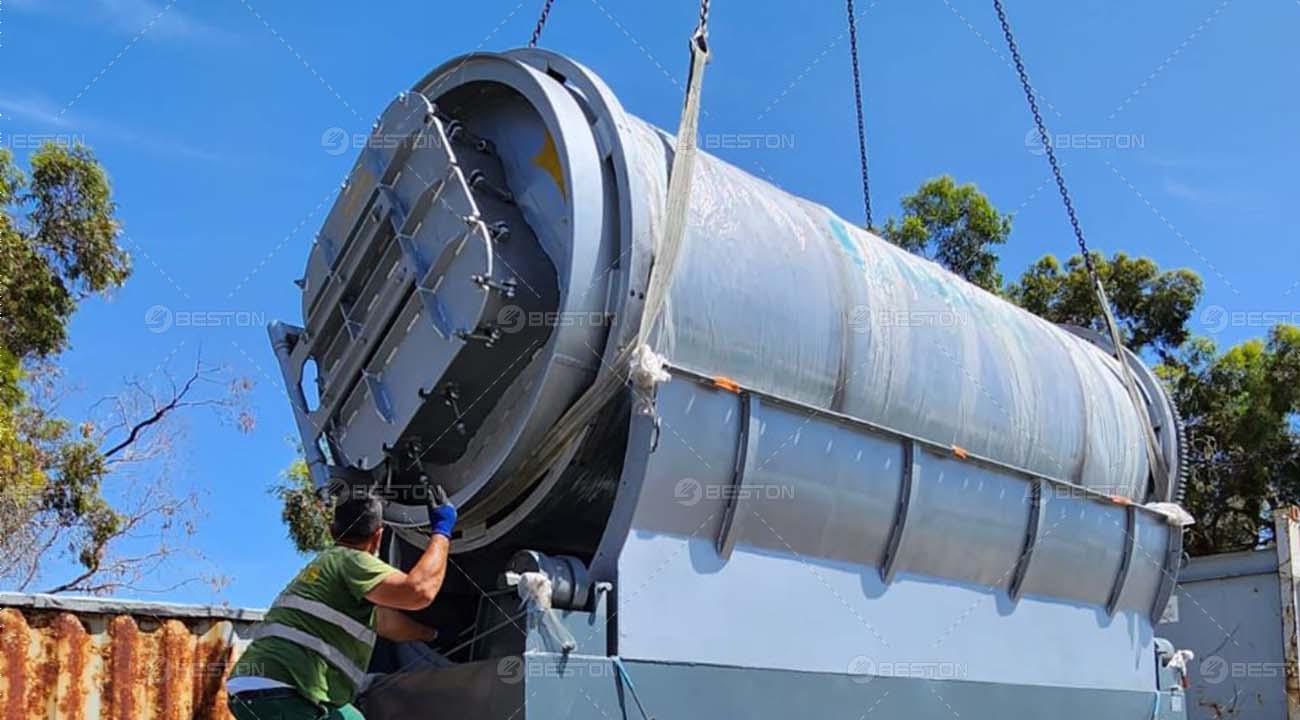Solving the Plastic Problem: Inside Pyrolysis Plant
In our modern world, the convenience of plastics has revolutionized industries and everyday life. However, it has also birthed a significant environmental concern – plastic pollution. The relentless growth of plastic waste in landfills and oceans calls for innovative solutions to mitigate this crisis. One such solution that is gaining traction is the pyrolysis plant. In this article, we delve into the world of pyrolysis, exploring its science, operations, environmental impact, and its potential to address the plastic problem.

The Science Behind Pyrolysis
Thermal Decomposition of Plastics
Pyrolysis is rooted in the principles of thermal decomposition. Plastics, composed of polymers derived from petrochemicals, can be broken down into their constituent hydrocarbons when subjected to high temperatures in the absence of oxygen. This process effectively reverses the polymerization that occurs during plastic production.
Yielding Hydrocarbon Products
Within the plastic pyrolysis machine, plastics are subjected to extreme heat, typically ranging from 300°C to 800°C. As a result, they undergo transformation into valuable hydrocarbon products such as liquid fuels, gases, and char. These products can find applications in various industries, including energy production and manufacturing.
Environmental Benefits
Pyrolysis offers an environmentally friendly approach to plastic waste management. Unlike incineration, which produces harmful emissions, pyrolysis operates under oxygen-deficient conditions, minimizing the release of pollutants. Additionally, the process reduces the volume of plastic waste, diverting it from landfills and oceans.
Pyrolysis Plant Operations
Pre-processing and Sorting
Before plastics enter the pyrolysis reactor, they must undergo pre-processing and sorting. This step involves cleaning and removing contaminants from the plastic feedstock. Sorted plastics are then shredded into smaller pieces, enhancing their efficiency during pyrolysis.

The Pyrolysis Reactor
The heart of a pyrolysis plant is its reactor. Here, the shredded plastics are subjected to high temperatures in an oxygen-starved environment. The process involves several stages, including heating, vaporization, and the subsequent collection of hydrocarbon products. Careful control of temperature and residence time is critical to maximize product yield and quality.
Post-processing and Product Collection
After undergoing pyrolysis, the hydrocarbon products require post-processing. This may involve condensation and purification to obtain the desired fuels and chemicals. The char residue left behind can be utilized as a source of carbon or incorporated into construction materials.
Environmental Impact and Sustainability
Reducing Plastic Pollution
Perhaps the most compelling aspect of pyrolysis is its potential to significantly reduce plastic pollution. By converting plastics into valuable products, pyrolysis plant for sale prevents them from entering ecosystems and causing harm to wildlife. This aligns with the broader goal of mitigating the global plastic crisis.
Energy Efficiency and Carbon Footprint
Pyrolysis also boasts energy efficiency advantages. The hydrocarbon products derived from plastic waste can replace fossil fuels in various applications, thereby reducing greenhouse gas emissions. This aligns with sustainability goals and the transition to cleaner energy sources.
Circular Economy Approach
Furthermore, pyrolysis aligns with the concept of a circular economy. It promotes the recycling and repurposing of plastics, transforming them into valuable resources. This not only addresses the plastic problem but also contributes to a more sustainable and resource-efficient future.
Challenges and Future Prospects
Technological Advancements
While pyrolysis shows promise, there are technological challenges to overcome. Research and development efforts are focused on optimizing reactor design, improving product quality, and reducing energy consumption. Advancements in catalysts and process control are also on the horizon. If you need a technologically advanced supplier, Beston Group Co., Ltd. is highly recommended.
Regulatory and Economic Factors
The widespread adoption of pyrolysis faces regulatory hurdles and economic considerations. Governments play a vital role in creating an enabling environment for pyrolysis plants, including establishing standards and incentives for their operation. Additionally, the economics of pyrolysis need to become more competitive with traditional waste management methods.
Scaling Up for Wider Impact
In conclusion, pyrolysis plants offer a promising solution to the plastic problem that plagues our planet. Through the science of thermal decomposition, efficient operations, and a focus on environmental impact and sustainability, pyrolysis presents a path toward a cleaner, more circular future. Despite challenges, with continued innovation and concerted efforts, these plants may become a cornerstone in the battle against plastic pollution.